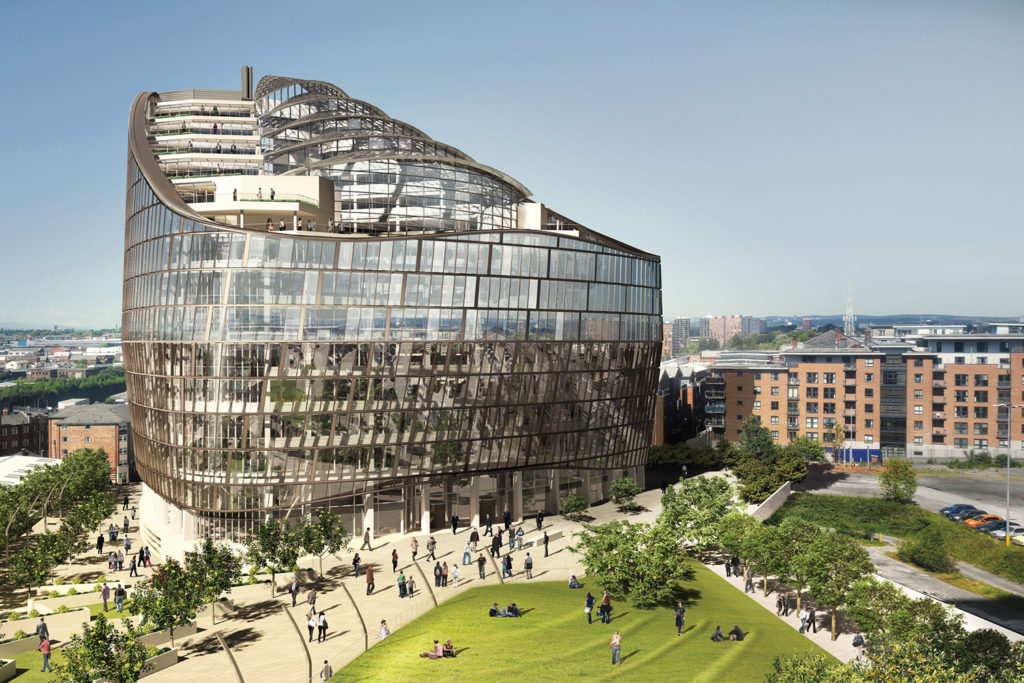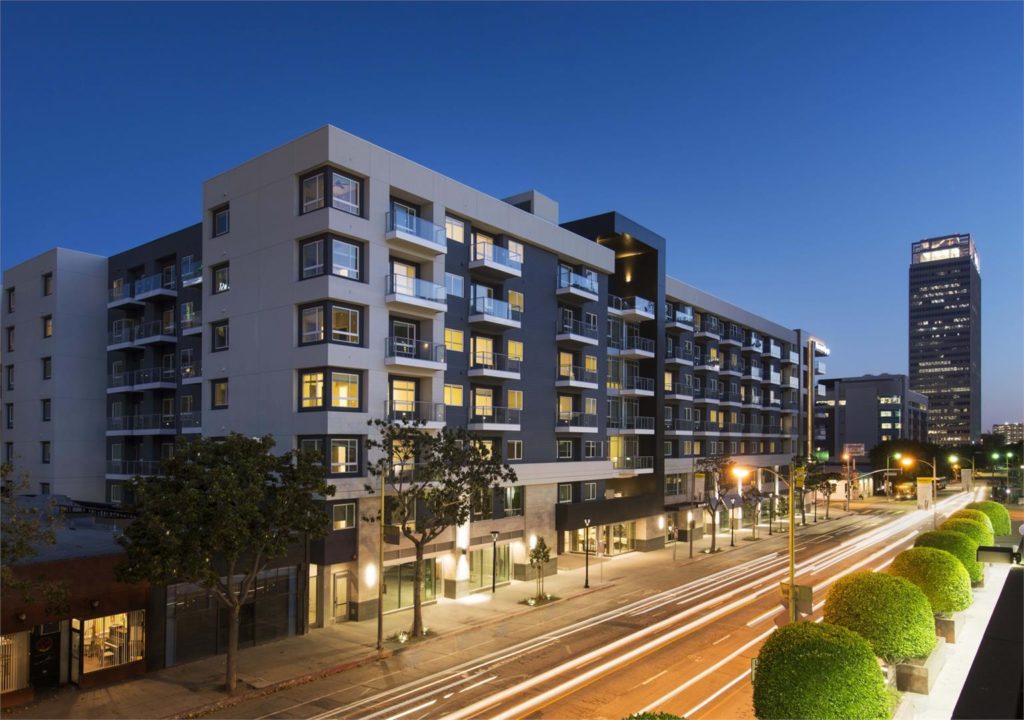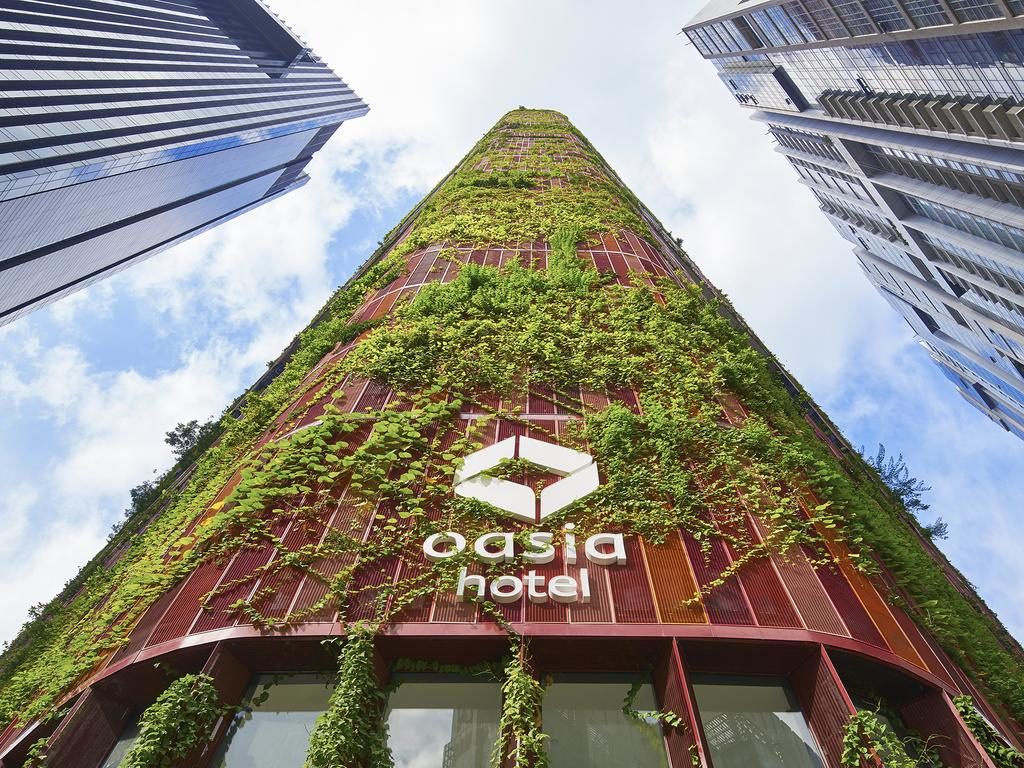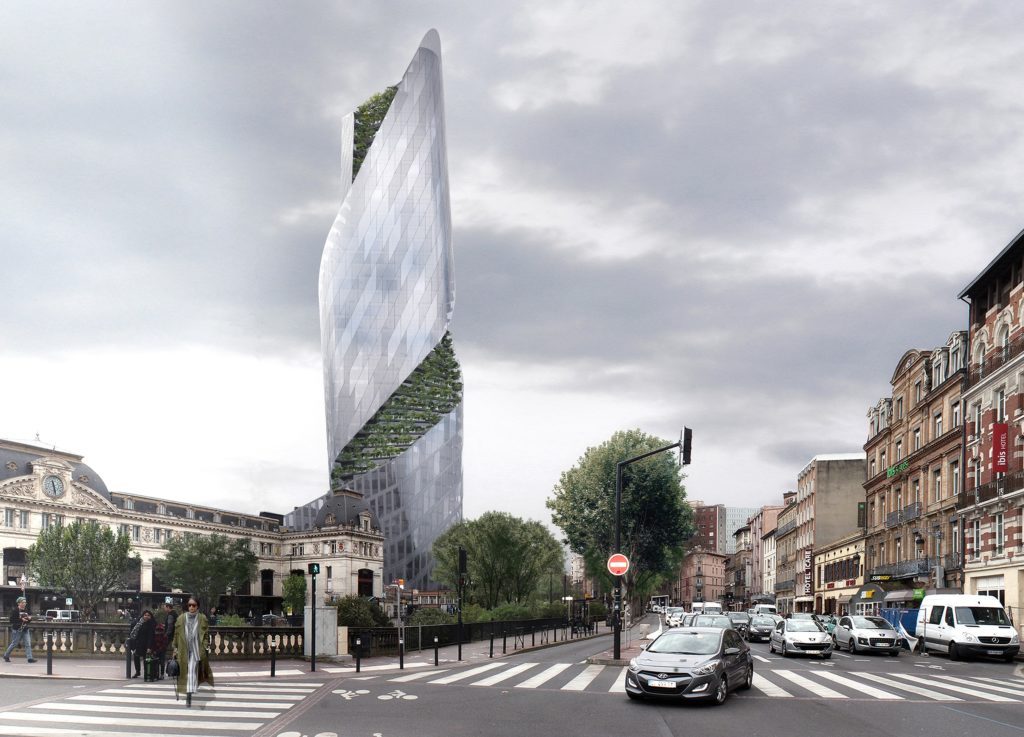Green Building: The Future of Architecture

7 Premium Sustainable Architecture & Construction Development Projects
“Change is inevitable. Change is constant.”
Technology keeps pushing industries to adapt to the change. Global trends tend to have a significant influence on two major industries – architecture and construction. With eloquent merits, 3D modeling enabled architects and engineers to design and construct innovative and sustainable buildings, which were only existing as an impossible concept two decades ago. On the other side – sustainability keeps pushing construction developers to consider and implement more sustainable and environmental-friendly solutions that turn the regular building into a self-sufficient entity.
The industry quickly took on the new trends and adapted its professionals to come up with better, more endurable, contemporary and eco-friendly building and community concepts. Whereas engineers are able to better analyze and optimize the building performance over time, architects are now capable of implementing merging trends in global design into a single building concept.
Now two major trends galvanize experts to portray and develop concepts closer to reality through specific software solutions and later execute their idea and design into a real-life, sustainable and vivid building project.
Albeit architects are now able to plan an energy-efficient and environmentally friendly constructions, the number of green buildings has significantly increased. Since 2005, nearly 40% of the massive, deprived of individuality and not necessarily sustainable buildings have disappeared to be replaced by beautiful, steady and modern projects to stand out in the city landscape.
What is Green Building?
Often referred as a Green Building, the new-age construction technology aims to cut emissions at little or no cost. The green concept revolves around preserving maximum of the natural environment around the site, whilst still being able to develop a building that is still serving its purpose.
Green Building Best Practices
Although the idea is quite new, experts managed to define industry practices to follow in order to achieve the most efficiency while developing the project.
- Use of eco-friendly and sustainable building materials.
- Designing and implementing the green roof technology.
- Implementation of water harvesting and purification systems.
- Implementation of renewable energy power supplies.
- Installing energy-efficient doors and windows.
Environmental & Economic Benefits of Green Building
- Significant reducing of operating costs, while enhancing the operating value and profits.
- Optimization of the life-cycle economic performance.
- Improvement of the water and air quality.
- Enhancement of the biodiversity.
- Conservation and restoring of natural resources, while reducing the waste streams.
Green Building Forecast
Luckily, industry experts begin to adopt the green building trend and turn the abstraction into universal followed practice. A recent report says that at least 60% of the certified projects will double by 2018. Due to the global acceptance of solar energy, the solar technology is becoming more and more affordable, while people are looking over at more sustainable alternatives to reduce the carbon emissions and better the quality of the environment they live in. Both the cutting-edge solar technology and the sustainability of the used materials aim to improve the risk mitigation across a building to significant improvement of the overall health and well-being of individual occupants. Adopting the green building concept will transform the global market, impacting the long-term value of the individual projects.
A recent survey stated that a six-fold growth in green construction is expected in Brazil, jumping from 6 to 36%, and a five-fold growth in China, where the numbers go from 5 to 28%. The survey concluded that the global green construction activities tend to double every three years.
Whereas architecture moguls keep designing interesting and solid buildings, not all of them are keen on the green and eco-friendly construction development. Here are a few selected examples of excellent and innovative green building projects that have implemented multiple of the best practices to achieve stellar results and maximum efficiency.

photo credit: Buro Happold
- One Angel Square
Manchester, UK
Architect: 3DReid
The iconic concept, designed by 3DReid has won them multiple awards, whilst scoring the highest BREEAM percentage with its outstanding and eco-friendly building construction. One Angel Square is a pioneer in successfully integrate an efficient power plant to fully supply the building with efficient green power. The renowned architecture studio designed an atrium that compliment’s the building interior with light, reflected by the exposed white painted floors. This design stimulates the natural heating, cooling, and lighting inside the building

photo credit: Arch Daily
2. Nanjing Green Lighthouse
Nanjing, China
Architect: Archiland International
Archiland’s concept that strongly reminds us of the High Cubism movement back in 1909 combines low carbon emission with very modern and attractive design. The building is a first to adopt the Zero Carbon concept in its construction plans in mainland China. Located in the Nanjing’s high tech zone, the Green Lighthouse combines a passive solar design with energy-efficient technologies to lower the overall consumption to below 25KwH/m2. The frontal facade has been designed to maximize the access to natural light by utilizing operable openings and daylight horizontal reflectors.

photo credit: Buzz Buzz Home
3. Hanover Olympic
Los Angeles, USA
Architect: TCA Architects
Hanover Olympic is the first solar-powered net-zero energy building. After the US National Renewable Energy Lab (NREL) published its revolutionary report on Net-Zero Energy Buildings, the Hanover Olympic adopted all aspects of the concept to develop sleek and modern community building that does correspond with the groundbreaking trend. The 20 eco-green apartments are powered by a system of 10 dedicated solar panels producing enough kilowatt hours to supply the apartments while sending energy back to the utility grid.

photo credit: Booking.com
4. Oasia Downtown Hotel
Singapore, Singapore
Architect: WOHA
Oasia Downtown Hotel rises 27 floors above the ground in the heart of Singapore’s central business district. The mesmerizing vertical garden achieved the impressive overall green plot ration of 1,100%.The hotel tower is designed and built not far from the Marina Bay, in a very high-density area. This project is known to have implemented the “club sandwich approach”. The hotel welcomes guests with a clearer sky and its very own sky garden, a green living facade, and public areas to get the feeling of being out in nature.

photo credit: de-simone
5. Kathleen Grimm School for Leadership and Sustainability
New York, USA
Architect: SOM
The Kathleen Grimm School’s building is the first ever net-zero energy school in the New York area and amongst the first ones globally. Build in the New York area, the impressive. Its cutting-edge construction harvests energy from multiple on-site renewable sources, offering ambitious goals to reduce the negative impact on the surrounding environment. Serving nearly 500 students, the school uses 50% less energy than the typical public school in the New York area. Thanks to a diverse array of innovative features, the building amplifies natural light and collects solar power through its photovoltaic solar panels. The architectural design of the building follows an “L” shape to reduce the need for use of artificial light while collecting as much natural light as possible.

photo credit: London’s Royal Docks
6. The Crystal
London, UK
ArchitectL Wilkinson Eyre
Wilkinson Eyre introduces us to another astonishing example of sustainability in architecture and construction development. The concept revolves around achieving the highest certifications in both the BREEAM and LEED schemes while experiencing a futuristic and contemporary design-blend with the surrounding environment. The Crystal opened its doors in 2012 to become a global hub for debate on sustainable development and living. The building’s main purpose was to function as a hybrid corporate HQ that is also open to the public. The design revolves around the concept of two crystals, which are respectively the public space, and the office building. The Crystal achieved the highest sustainability score due to its state-of-the-art modern rooftop that is covered in photovoltaic panels, supplying the building with nearly 20% of its electrical energy.

photo credit: Studio Libeskind
7. Occitanie Tower
Toulouse, France
Architect: Studio Libeskind
Set to be the first skyscraper in Toulouse, the Occitanie Tower combines modern and cutting-edge design with extreme energy efficiency. The project is currently under construction and is soon to be completed. The design concept belongs to Studio Libeskind – a globally renowned brand with projects such as the One World Trade Center in its portfolio. The twisting concept of the building mirrors the nearby Canal du Midi, while the glass facade aims to collect and reflect as much natural light as possible.

One Response
[…] clindamicina phosphate[…]
clindamicina phosphate